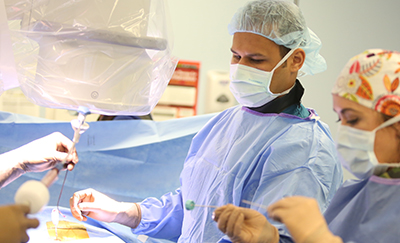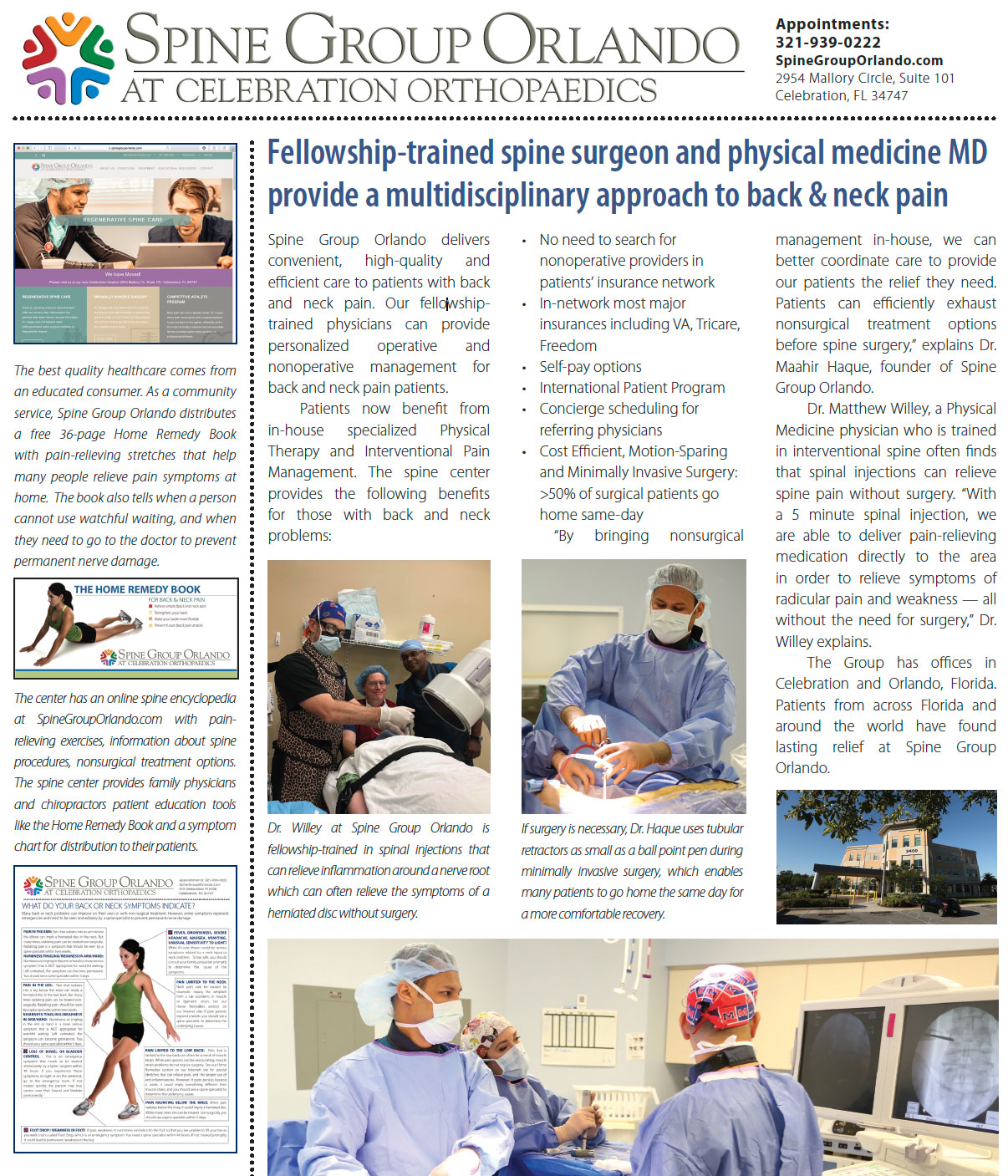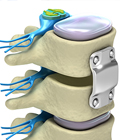 Flatback Correction
Flatback Correction
What is Flatback Syndrome
A healthy spine has a natural spinal curve that requires minimum energy to stand or walk. When the spinal curve has been removed, the result is a condition called “Flatback Syndrome.”
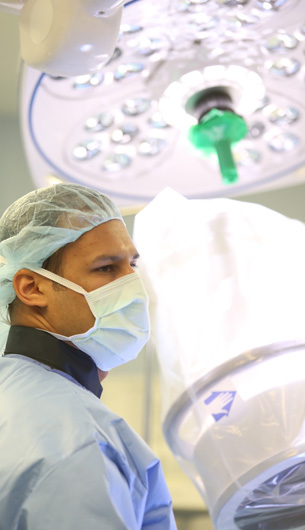 Some of the symptoms of Flatback Syndrome include having trouble maintaining one’s posture, low back pain and upper leg pain. Since the person has trouble maintaining proper alignment, the symptoms can increase throughout the day causing extreme pain and fatigue.
Some of the symptoms of Flatback Syndrome include having trouble maintaining one’s posture, low back pain and upper leg pain. Since the person has trouble maintaining proper alignment, the symptoms can increase throughout the day causing extreme pain and fatigue.
Patients might also have upper back and neck pain due to constantly trying to realign themselves. With some people, the pain symptoms can result in dependency on painkilling drugs.
Flatback Syndrome was originally used to describe Harrington Rods recipients who had scoliosis correction during the 1960s up to 1990. The early technology used during this period involved using metal rods that were straight and were unable to mimic the natural curve of the lower back. This in turn caused the spine to flatten out. This unnatural spinal curve in turn would cause discs to herniate resulting in more pain symptoms.
Since that time, scoliosis research has produced far more advanced spinal instrumentation that untwists the scoliotic spine and achieves a more natural correction with the proper spinal curve.
Other conditions that may cause flatback syndrome include having a collapsed vertebrae. Arthritis can also contribute to flatback syndrome and cause inflammations in the spine, which may cause pain and stiffness.
Most patients with flatback syndrome will complain of pain while standing upright. If the doctor determines you might have flatback syndrome, he or she will order a full-length X-ray of the spine. An MRI or CT scan might also be taken to help the doctor better understand the health of the spine and discs.
Surgery to correct flatback syndrome
Patients diagnosed with Flatback Syndrome will initially be treated with an individualized physical therapy program and anti-inflammatory medication. If all non-surgical options have become exhausted, then surgery will be performed to remove the Harrington Rods, treat the herniated discs and to address other pain symptoms.
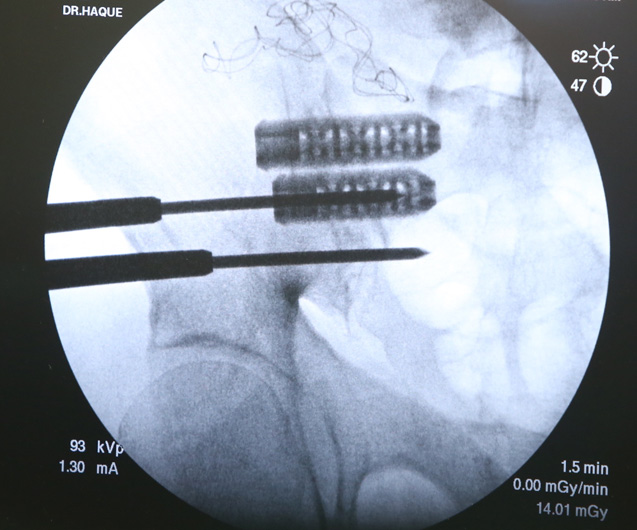 During flatback surgery, an incision is made in the back so the surgeon can access the vertebrae and install the necessary instrumentation, rods, hooks and screws. In some cases an anterior incision may be made to access the front of the spine.
During flatback surgery, an incision is made in the back so the surgeon can access the vertebrae and install the necessary instrumentation, rods, hooks and screws. In some cases an anterior incision may be made to access the front of the spine.
Flatback surgery is based on a two-rod instrumentation system with hooks that attach to each vertebral level, to de-rotate and straighten the abnormal curve.
The instruments are left inside the body attached to the spine even after the spinal fusions heal to provide additional support.
After the surgery, the patient’s spine will appear much straighter. The surgical procedure may require a five-day hospital stay. Even after leaving the hospital, the patient will limit movement to allow the spine and incisions to heal.
After three months most patients can begin to return to most normal activities with the exception of any contact sports, or sports like skiing that could result in a fall or trauma.
Because the spine and spinal cord is being repositioned during surgery, paralysis is a real risk involved. Consequently, the patient should seek out a very experienced surgeon.
Maahir Haque, MD is recognized as a leader in the field of minimally invasive spine surgery. At Spine Group Orlando, Dr. Maahir Haque also provides second opinions for spine surgery and MRI reviews for those with back pain and neck pain. Dr. Haque emphasizes non-surgical options for back pain and neck pain where possible. This can include accessing a back pain specialist with expertise in pain-relieving spinal injections and spine therapists. Spine therapy can include back stretches that can be a future home remedy for back pain or neck pain. If spine surgery is necessary because of a herniated disc, spinal fracture, or spinal stenosis, Dr. Maahir Haque operates through tubular retractors that reduce the size of the incision, lessen blood loss, reduce time in the hospital, speed return to activity with a less painful recovery. This spine surgery expertise enables many patients to have outpatient spine surgery and be home the same day. Spine Group Orlando and Dr. Maahir Haque provides artificial disc replacement in the neck using the Mobi-C disc implant, the first FDA-approved disc for multiple levels in the neck. Prodisc-C is also used for artificial disc replacement in the cervical spine. Dr. Haque is also one of the few spine surgeons in Orlando, Florida to provide lumbar artificial disc replacement using the Prodisc-L artificial disc. Dr. Haque is also referred patients from across Orlando and north central Florida for artificial disc replacement surgery as an alternative to spinal fusion. Accordingly, Dr. Haque's patients travel from across north central Florida, including: Orlando; Jacksonville; Tallahassee; Lakeland; Gainesville; Tampa; Daytona Beach; and Cocoa Beach. The spine center, as a destination for medical tourism for some international patients from Mexico and the Caribbean, can provide recommendations to out-of-town patients on nearby hotels and tourist attractions. Dr. Haque is featured on the national site CentersforArtificialDisc.com as an author on the subject of artificial disc replacement for herniated discs in the neck. The Centers for Artificial Disc web site has content specific to disc replacement options and alternatives to spinal fusion. Click here to visit the Centers for Artificial Disc.

